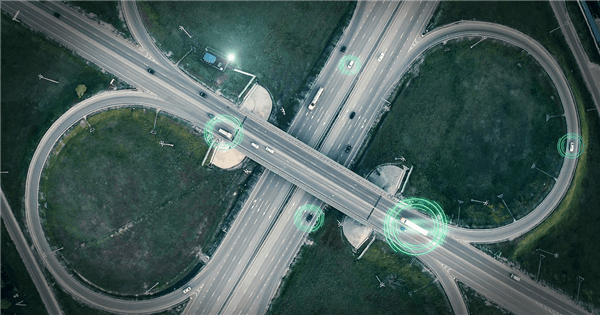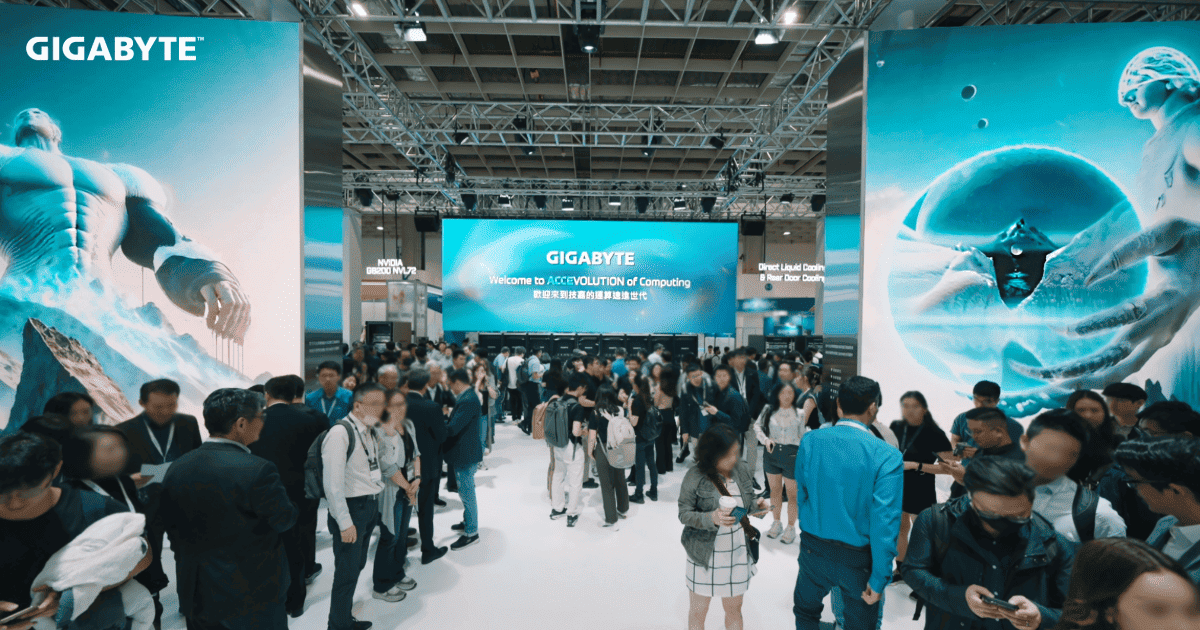| Description | Version | Size | Date |
|---|
Specifications
Dimensions (WxHxD, mm)
2U
438 x 87.5 x 660
438 x 87.5 x 660
Motherboard
MP32-AR1
CPU
Ampere® Altra® Processors
Ampere® Altra® Max Processors
Single processor, TDP 250W
Ampere® Altra® Max Processors
Single processor, TDP 250W
Socket
1 x LGA 4926
Chipset
System on Chip
Memory
16 x DIMM slots
DDR4 memory supported
8-Channel memory per processor
RDIMM/LRDIMM: Up to 3200 MT/s
[Note] Only supports configurations with 1, 2, 4, 6, 8, 12, or 16 DIMMs.
DDR4 memory supported
8-Channel memory per processor
RDIMM/LRDIMM: Up to 3200 MT/s
[Note] Only supports configurations with 1, 2, 4, 6, 8, 12, or 16 DIMMs.
LAN
Rear:
2 x 1Gb/s LAN (1 x Intel® I350-AM2)
1 x 10/100/1000 Mbps Management LAN
2 x 1Gb/s LAN (1 x Intel® I350-AM2)
1 x 10/100/1000 Mbps Management LAN
Video
Integrated in Aspeed® AST2500
- 1 x VGA port
- 1 x VGA port
Storage
Front hot-swap:
8 x 2.5" Gen3 NVMe
Internal M.2:
2 x M.2 (2242/2260/2280/22110), PCIe Gen4 x4
8 x 2.5" Gen3 NVMe
Internal M.2:
2 x M.2 (2242/2260/2280/22110), PCIe Gen4 x4
SAS
N/A
RAID
N/A
PCIe Expansion Slots
Slot_7: Disabled
Slot_6: LP x16 (Gen4 x16)
Slot_5: LP x16 (Gen4 x8)
Slot_4: LP x16 (Gen4 x16)
Slot_3: LP x16 (Gen4 x8)
Slot_2: LP x8 (Gen4 x8), occupied by CNV3122
Slot_1: LP x16 (Gen4 x8), occupied by CNV3122
1 x OCP 2.0 mezzanine (Gen3 x16)
Slot_6: LP x16 (Gen4 x16)
Slot_5: LP x16 (Gen4 x8)
Slot_4: LP x16 (Gen4 x16)
Slot_3: LP x16 (Gen4 x8)
Slot_2: LP x8 (Gen4 x8), occupied by CNV3122
Slot_1: LP x16 (Gen4 x8), occupied by CNV3122
1 x OCP 2.0 mezzanine (Gen3 x16)
Front I/O
2 x USB 3.0 ports (Type-A)
1 x Power button with LED
1 x ID button with LED
1 x Reset button
2 x LAN activity LEDs
1 x Storage activity LED
1 x System status LED
1 x Power button with LED
1 x ID button with LED
1 x Reset button
2 x LAN activity LEDs
1 x Storage activity LED
1 x System status LED
Rear I/O
3 x USB 3.0 ports (Type-A)
1 x VGA ports
1 x Debug port
2 x RJ45 ports
1 x MLAN port
1 x ID button with LED
1 x VGA ports
1 x Debug port
2 x RJ45 ports
1 x MLAN port
1 x ID button with LED
Backplane Board
Speed and bandwidth:
PCIe Gen3 x4 or SATA 6Gb/s
PCIe Gen3 x4 or SATA 6Gb/s
Security Modules
1 x TPM header with SPI interface
- Optional TPM2.0 kit: CTM010
- Optional TPM2.0 kit: CTM010
Power Supply[#1]
1+1 1300W 80 PLUS Platinum redundant power supplies (-100)
AC Input:
- 100-127V~/ 12A, 47-63Hz
- 200-240V~/ 8A, 47-63Hz
DC Input:
- 240Vdc/ 8A
DC Output:
- Max 1000W/ 100-127V~
+12V/ 83A
+12Vsb/ 3A
- Max 1300W/ 200-240V~
+12V/ 108A
+12Vsb/ 3A
1+1 1300W 80 PLUS Titanium redundant power supplies (-1T0)
AC Input:
- 100-127V~/ 12A, 50-60Hz
- 200-240V~/ 8A, 50-60Hz
DC Input:
- 240Vdc/ 7A
DC Output:
- Max 1000W/ 100-127V~
+12.2V/ 82A
+12Vsb/ 3A
- Max 1300W/ 200-240V~
+12.2V/ 106A
+12Vsb/ 3A
AC Input:
- 100-127V~/ 12A, 47-63Hz
- 200-240V~/ 8A, 47-63Hz
DC Input:
- 240Vdc/ 8A
DC Output:
- Max 1000W/ 100-127V~
+12V/ 83A
+12Vsb/ 3A
- Max 1300W/ 200-240V~
+12V/ 108A
+12Vsb/ 3A
1+1 1300W 80 PLUS Titanium redundant power supplies (-1T0)
AC Input:
- 100-127V~/ 12A, 50-60Hz
- 200-240V~/ 8A, 50-60Hz
DC Input:
- 240Vdc/ 7A
DC Output:
- Max 1000W/ 100-127V~
+12.2V/ 82A
+12Vsb/ 3A
- Max 1300W/ 200-240V~
+12.2V/ 106A
+12Vsb/ 3A
System Management
Aspeed® AST2500 Baseboard Management Controller
GIGABYTE Management Console web interface
GIGABYTE Management Console web interface
- Dashboard
- HTML5 KVM
- Sensor Monitor (Voltage, RPM, Temperature, CPU Status …etc.)
- Sensor Reading History Data
- FRU Information
- SEL Log in Linear Storage / Circular Storage Policy
- Hardware Inventory
- Fan Profile
- System Firewall
- Power Consumption
- Power Control
- LDAP / AD / RADIUS Support
- Backup & Restore Configuration
- Remote BIOS/BMC/CPLD Update
- Event Log Filter
- User Management
- Media Redirection Settings
- PAM Order Settings
- SSL Settings
- SMTP Settings
OS Compatibility
Red Hat Enterprise Linux 8.3 or later
Red Hat Enterprise Linux 8.5 or later
CentOS 8.3-2011 or later
CentOS-8.4.2105 or later
CentOS-8.5.2111 or later
SUSE Linux Enterprise Server 15 SP2 or later
SUSE Linux Enterprise Server 15 SP3 or later
Ubuntu 18.04.5 LTS or later
Ubuntu 20.04.1 LTS or later
Ubuntu 22.04 LTS or later
Fedora Server 33-1.2 or later
Fedora Server 35-1.2 or later
OracleLinux R8 U2
OracleLinux R8 U5
Debian 10.9 (Buster)
Debian 11.1
Red Hat Enterprise Linux 8.5 or later
CentOS 8.3-2011 or later
CentOS-8.4.2105 or later
CentOS-8.5.2111 or later
SUSE Linux Enterprise Server 15 SP2 or later
SUSE Linux Enterprise Server 15 SP3 or later
Ubuntu 18.04.5 LTS or later
Ubuntu 20.04.1 LTS or later
Ubuntu 22.04 LTS or later
Fedora Server 33-1.2 or later
Fedora Server 35-1.2 or later
OracleLinux R8 U2
OracleLinux R8 U5
Debian 10.9 (Buster)
Debian 11.1
System Fans
4 x 80x80x38mm (16,300rpm)
Operating Properties
Operating temperature: 10°C to 35°C
Operating humidity: 8%-80% (non-condensing)
Non-operating temperature: -40°C to 60°C
Non-operating humidity: 20%-95% (non-condensing)
Operating humidity: 8%-80% (non-condensing)
Non-operating temperature: -40°C to 60°C
Non-operating humidity: 20%-95% (non-condensing)
Packaging Dimensions
982 x 588 x 268 mm
Packaging Content
1 x R272-P33
1 x CPU heatsink
1 x 2-Section Rail kit
1 x CPU heatsink
1 x 2-Section Rail kit
Part Numbers
- Barebone package: 6NR272P33MR-00-1*
- Motherboard: 9MP32AR1NR-00*
- 2-Section Rail kit (CMA not supported): 25HB2-3A0202-K0R
- CPU heatsink: 25ST1-353109-T1R
- Front panel board - CFP2001: 9CFP2001NR-00*
- Backplane board - CBP20O5: 9CBP20O5NR-00*
- Fan module: 25ST2-883829-D0R
- PCIe to NVMe HBA - CNV3122: 9CNV3122NR-00*
- Power supply (-100): 25EP0-213003-D0S / 25EP0-213002-F3S
- Power supply (-1T0): 25EP0-213005-G1S / 25EP0-21300C-G1S
Optional parts:
- 3-Section Rail kit (Supports CMA): 25HB2-AA6105-K0R
- Cable Management Arm: 25HB1-R18300-K0R
- Motherboard: 9MP32AR1NR-00*
- 2-Section Rail kit (CMA not supported): 25HB2-3A0202-K0R
- CPU heatsink: 25ST1-353109-T1R
- Front panel board - CFP2001: 9CFP2001NR-00*
- Backplane board - CBP20O5: 9CBP20O5NR-00*
- Fan module: 25ST2-883829-D0R
- PCIe to NVMe HBA - CNV3122: 9CNV3122NR-00*
- Power supply (-100): 25EP0-213003-D0S / 25EP0-213002-F3S
- Power supply (-1T0): 25EP0-213005-G1S / 25EP0-21300C-G1S
Optional parts:
- 3-Section Rail kit (Supports CMA): 25HB2-AA6105-K0R
- Cable Management Arm: 25HB1-R18300-K0R
[#1] Power cords are not included with server packages. Customers are responsible for selecting appropriate power cords from the optional accessories or contacting sales for customization.
[#2] All materials provided herein are for reference only. GIGABYTE reserves the right to modify or revise the content at any time without prior notice.
[#3] Advertised performance is based on maximum theoretical values as specified by the respective chipset vendors or standards organizations. Actual performance may vary depending on system configuration.
[#4] All trademarks and logos are the property of their respective owners.













